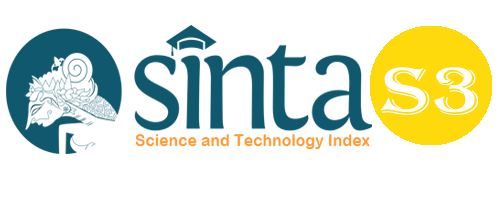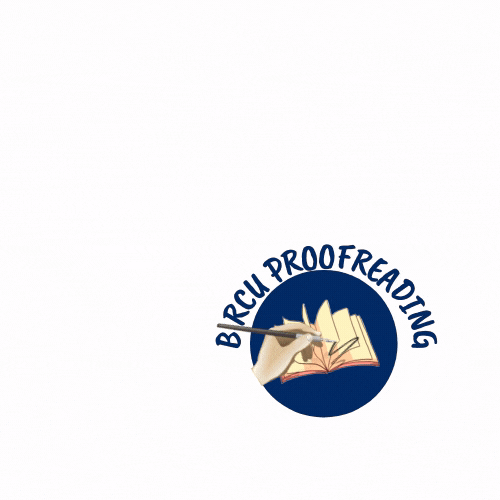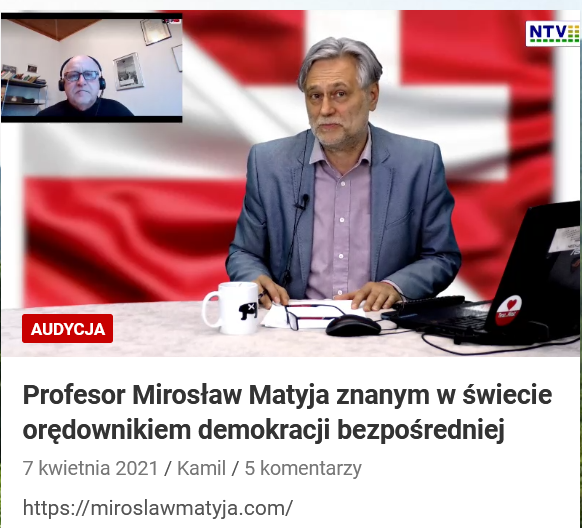Indonesian Higher Education Marketing: Barrier and Challenges in New Normal Education and its Impact to Competitive Advantages
Abstract
In the context of the COVID-19 pandemic, the government, parents, and students themselves have different perceptions of learning needs. In Indonesia, there are three policies issued by the Ministry of Education and Culture related to the implementation of higher education in the era of adaptation to new habits (New Normal), related to the implementation of the new academic year, the implementation of the learning process, and the use of campus facilities or services. In the era of the Covid-19 Pandemic, students are forced to access sources of knowledge and information in cyberspace and can be accessed anywhere. The transition from offline to online teaching and learning can be complex, problematic and requires an evolutionary (gradual) effort. Substantial realistic efforts are needed to transform from a face-to-face teaching culture. especially in terms of offering higher education to prospective students, there are many challenges and obstacles that are passed in the higher education marketing process, in this study it is examined how higher education offers should be made during a pandemic, what are the challenges and obstacles and its impact to higher education competitive advantages, through a quantitative approach and data run by PLS-SEM. The result of this study shown education marketing with ideal STP affect Higher Education Competitiveness and recomend that education marketers must be able to distinguish their market between the short-term market, future market and primary market, secondary market in targeting consumers. A short-term target market is a market that’s more suitable for the pandemic term which generates sales in the near future.
Keywords
Full Text:
PDFReferences
Abdullah, D. F., & Sofian, S. (2012). The Relationship between Intellectual Capital and Corporate Performance. Procedia - Social and Behavioral Sciences, 40(6), 537–541. https://doi.org/10.1016/j.sbspro.2012.03.227.
Alas, R., Ubius, U., & Gaal, M. A. (2012). Predicting Innovation Climate using the Competing Values Model. Procedia - Social and Behavioral Sciences, 62(1999), 540–544. https://doi.org/10.1016/j.sbspro.2012.09.089.
Arwildayanto, A., & Suking, A. (2020). Analisis Deskriptif Daya Saing Perguruan Tinggi. Ilmu Pendidikan: Jurnal Kajian Teori Dan Praktik Kependidikan, 5(1), 25–34.
Barrera, M. A. O., Gutierrez, J. S., & Avila, G. V. (2017). Competitive Advantage of Higher Education Institutions improving through Knowledge Management in Universities of Guayaquil, Ecuador. Red Internacional de Investigadores En Competitividad, 11, 1468–1479.
Berkup, S. B. (2014). Working with generations X and Y In generation Z period: Management of different generations in business life. Mediterranean Journal of Social Sciences, 5(19), 218–229. https://doi.org/10.5901/mjss.2014.v5n19p218.
Cravens, D. W., Piercy, N. F., & Prentice, A. (2000). Developing market-driven product strategies. Journal of Product & Brand Management, 9(6), 369–388. https://doi.org/10.1108/10610420010356975.
Dimitrova, G., & Dimitrova, T. (2017). Competitiveness of the universities: measurement capabilities. Trakia Journal of Science, 15(Suppl.1), 311–316. https://doi.org/10.15547/tjs.2017.s.01.055.
Fahy, J., & Smithee, A. (1999). Strategic Marketing and the Resource Based View of the Firm. Academy of Marketing Science Review, 1999(10), 1–21.
González, R. A., de la Hoz-Ruiz, J., & Gámez, J. M. (2020). The 2030 challenge in the quality of higher education: Metacognitive, motivational and structural factors, predictive ofwritten argumentation, for the dissemination of sustainable knowledge. Sustainability (Switzerland), 12(19). https://doi.org/10.3390/su12198266.
Hayes, T. (2007). Delphi study of the future of marketing of higher education. Journal of Business Research, 60(9), 927–931. https://doi.org/10.1016/j.jbusres.2006.12.009.
Hawkins, D. I., & Mothersbaugh, D. L. (2010). Consumer behaviour - building marketing strategy (11th ed.). McGraw-Hill Irwin.
Irfan, M., Kusumaningrum, B., Yulia, Y., & Widodo, S. A. (2020). Challenges During the Pandemic: Use of E-Learning in Mathematics Learning in Higher Education. Infinity Journal, 9(2), 147. https://doi.org/10.22460/infinity.v9i2.p147-158.
Kapferer, J.-N. (2008). The New Strategic Brand Management - creating and sustaining brand equity long term. In Kogan Page Limited. https://doi.org/10.1016/j.indmarman.2008.04.005.
Matin, S. (2016). Customer Based Brand Equity Measurement: A Case Study Of Customer Based Brand Equity Measurement : International Journal of Marketing and Human Resource Management (IJMHHRM), 7(3), 27–40. http://www.iaeme.com/ijmhrm/issues.asp?JType=IJMHRM&VType=7&ITy pe=3%0A1
Nosalska, K., & Mazurek, G. (2019). Marketing principles for Industry 4.0 - a conceptual framework. Engineering Management in Production and Services, 11(3), 9–20. https://doi.org/10.2478/emj-2019-0016
Nahavandi, S. (2019). Industry 5. 0 — A Human-Centric Solution. Sustainability, 11(4371). https://doi.org/10.3390/su11164371
Risdwiyanto, A., & Kurniyati, Y. (2015). Strategi Pemasaran Perguruan Tinggi Swasta di Kabupaten Sleman Yogyakarta Berbasis Rangsangan Pemasaran. Jurnal Maksipreneur: Manajemen, Koperasi, Dan Entrepreneurship, 5(1), 1. https://doi.org/10.30588/jmp.v5i1.142
Rowlands, I. H. (2002). Consumer perceptions of. Journal of Consumer Marketing, 11(4), 461–129. https://doi.org/10.1108/07363760210420540.
Sukasni, A., & Efendy, H. (2017). The Problematic of Education System in Indonesia and Reform Agenda. International Journal of Education, 9(3), 183. https://doi.org/10.5296/ije.v9i3.11705.
Syardiansah, et al. (2020). The Effect of Job Satisfaction and Organizational Culture on Employee Performance of the Royal Hotel in East Aceh District. Budapest International Research and Critics Institute-Journal (BIRCI-Journal). P. 849-857.
Utami, R. M., & Lantu, D. C. (2014). Development Competitiveness Model for Small-Medium Enterprises among the Creative Industry in Bandung. Procedia
- Social and Behavioral Sciences, 115(Iicies 2013), 305–323. https://doi.org/10.1016/j.sbspro.2014.02.438.
Vilapakkam Nagarajan, S., & Edwards, J. (2014). Is the graduate attributes approach sufficient to develop work ready graduates? Journal of Teaching and Learning for Graduate Employability, 5(1), 12–28. https://doi.org/10.21153/jtlge2014vol5no1art565.
Wahjudewanti, A.S., Tjakraatmaja, J.H., and Anggoro, Y. (2021). Knowledge Management Strategies to Improve Learning and Growth in Creative Industries: A Framework Model. Budapest International Research and Critics Institute-Journal (BIRCI-Journal) Vol 4 (2): 1903-1915.
Yuhertiana, I., Rochmoeljati, Dwiridotjahjono, J., Putra, I. N. D. P., & Wibawani, S. (2020). The impact of Indonesia new higher education accreditation criteria implementation. Journal of Critical Reviews, 7(3), 241–246. https://doi.org/10.31838/jcr.07.03.45.
DOI: https://doi.org/10.33258/birci.v5i3.6683
Article Metrics
Abstract view : 62 timesPDF - 21 times
Refbacks
- There are currently no refbacks.

This work is licensed under a Creative Commons Attribution-ShareAlike 4.0 International License.

This work is licensed under a Creative Commons Attribution-ShareAlike 4.0 International License.

_.gif)

















_.gif)



